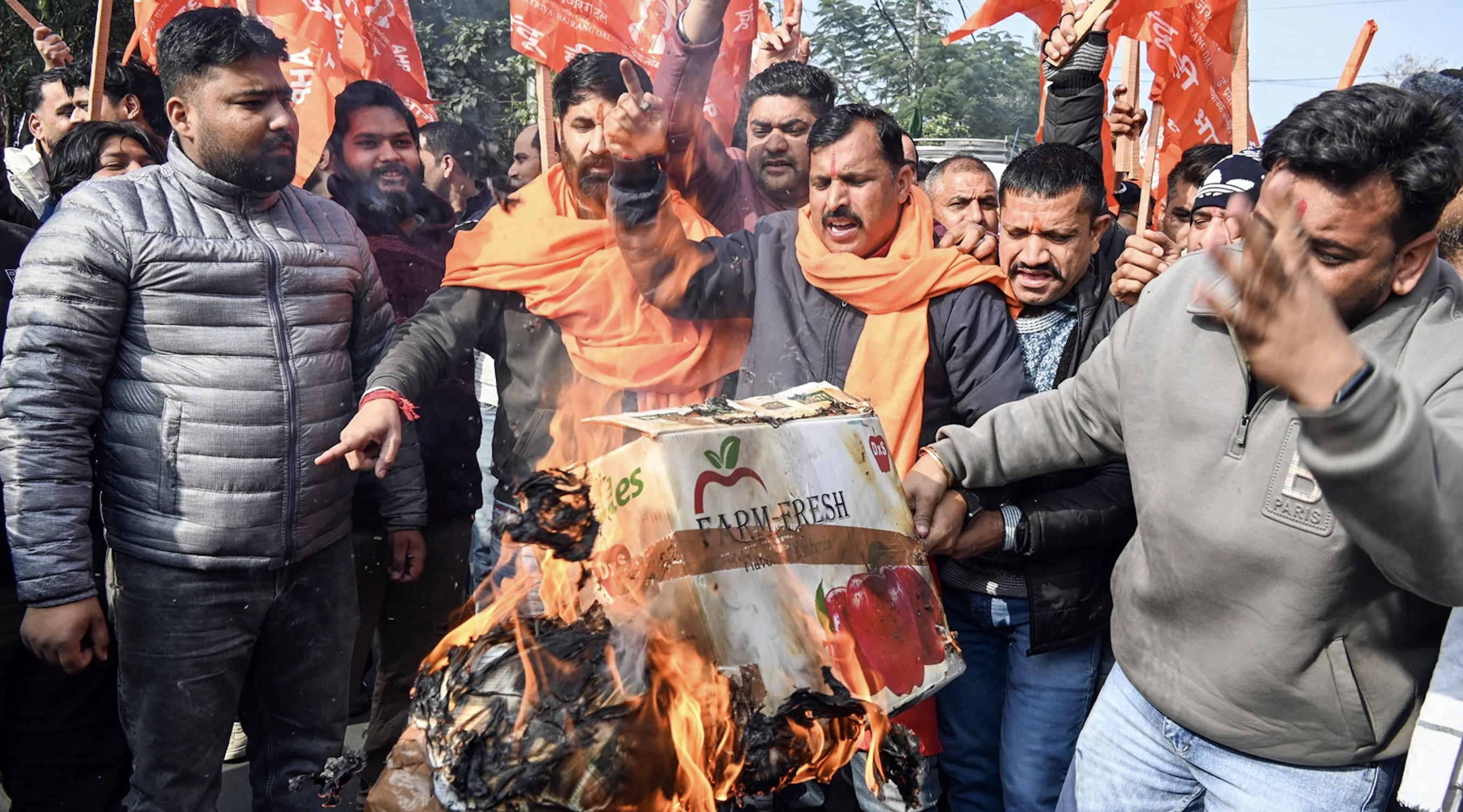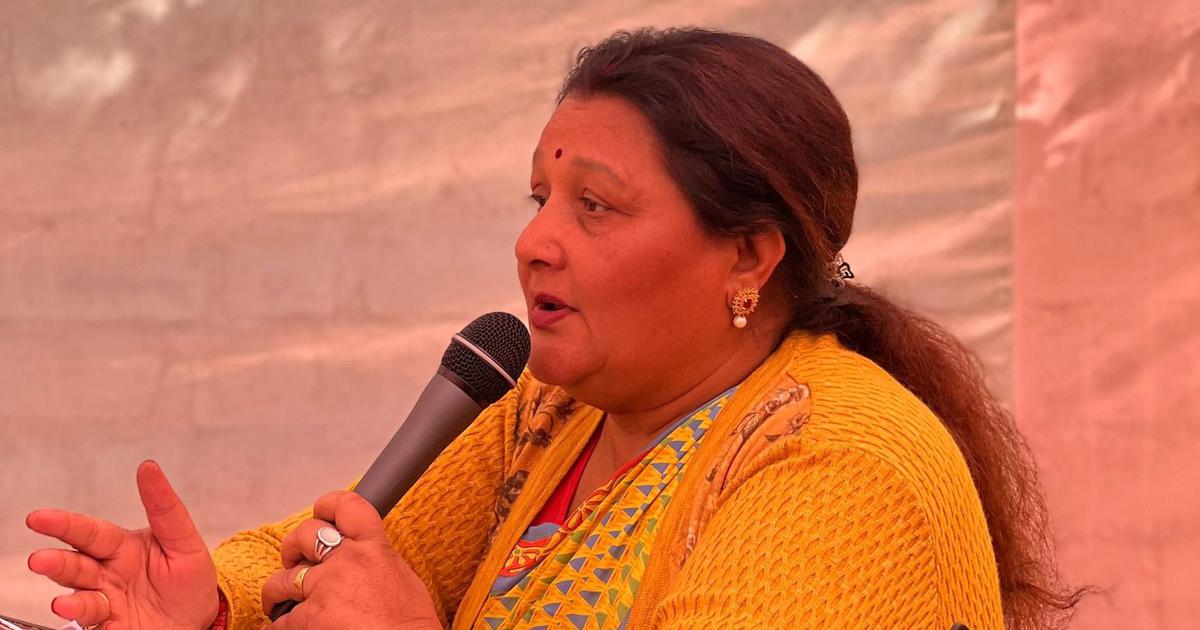Spoiler alert: This article contains major spoilers of ‘Animal’ including story and plot points.
In the initial days following the release of Sandeep Reddy Vanga’s Animal, much of my time was spent reading reviews of the film from various sources. The liberal mainstream media shared its views on the toxic masculinity depicted on screen to an extent. Film critic Anupama Chopra said she missed Kabir Singh, Vanga’s previous controversial protagonist, who she said “felt like a stable functional human being” in comparison to Ranbir Kapoor’s character in Animal. Despite the assigned low ratings ranging from 1 to 2.5 on average, theatres were consistently packed, and the film is expected to surpass the seemingly unattainable target set by Pathaan.
The recurring themes in most reviews of the film included the father-son conflict, traumatic pasts, misogyny and its violent forms, bloodshed, extramarital affairs, and the embodiment of alpha masculinity, among others. But many chose not to address a pertinent element in the film: the ‘Muslim villain’ archetype.
If the general argument against Animal’s hyper-masculine celebration of misogyny and violence is that it may contribute to a larger societal issue, and that repeated exposure may normalise such violence, it prompts a critical question. Has our society reached a point where the demonisation of Muslims on screen is virtually imperceptible to them?
At this point, it’s not the Islamophobia or the propagation of anti-Muslim sentiments in these multimillion-dollar Bollywood films that is alarming. It is that very few are talking about it.
This story was originally published in thenewsminute.com. Read the full story here .






